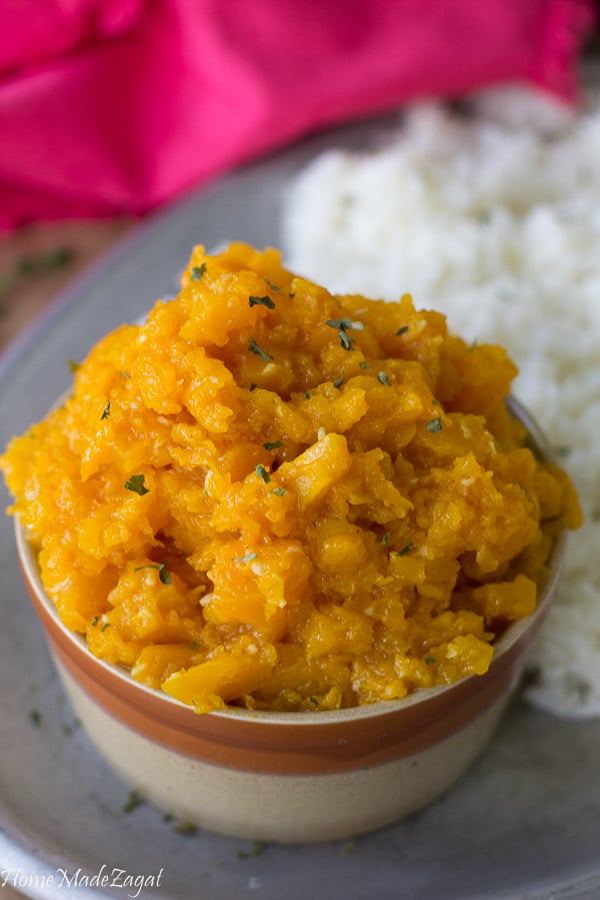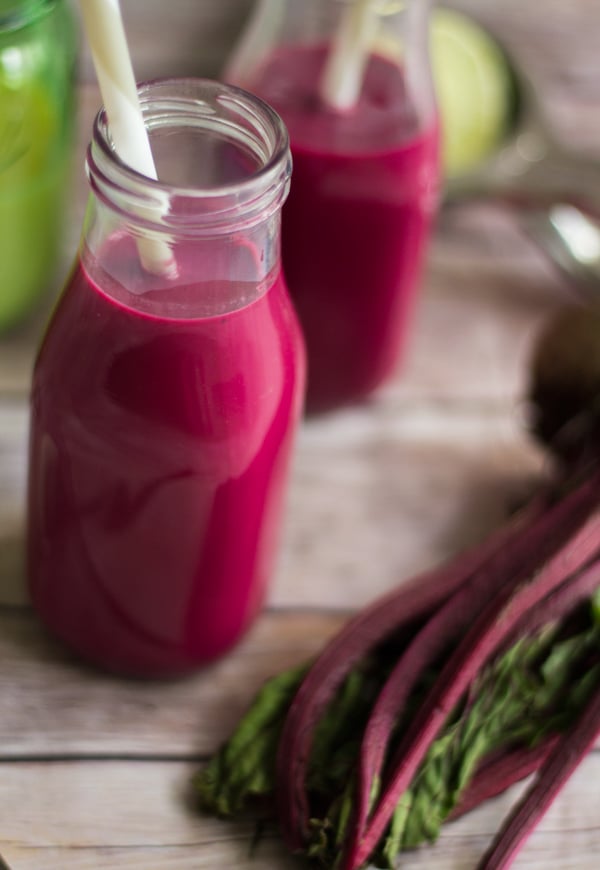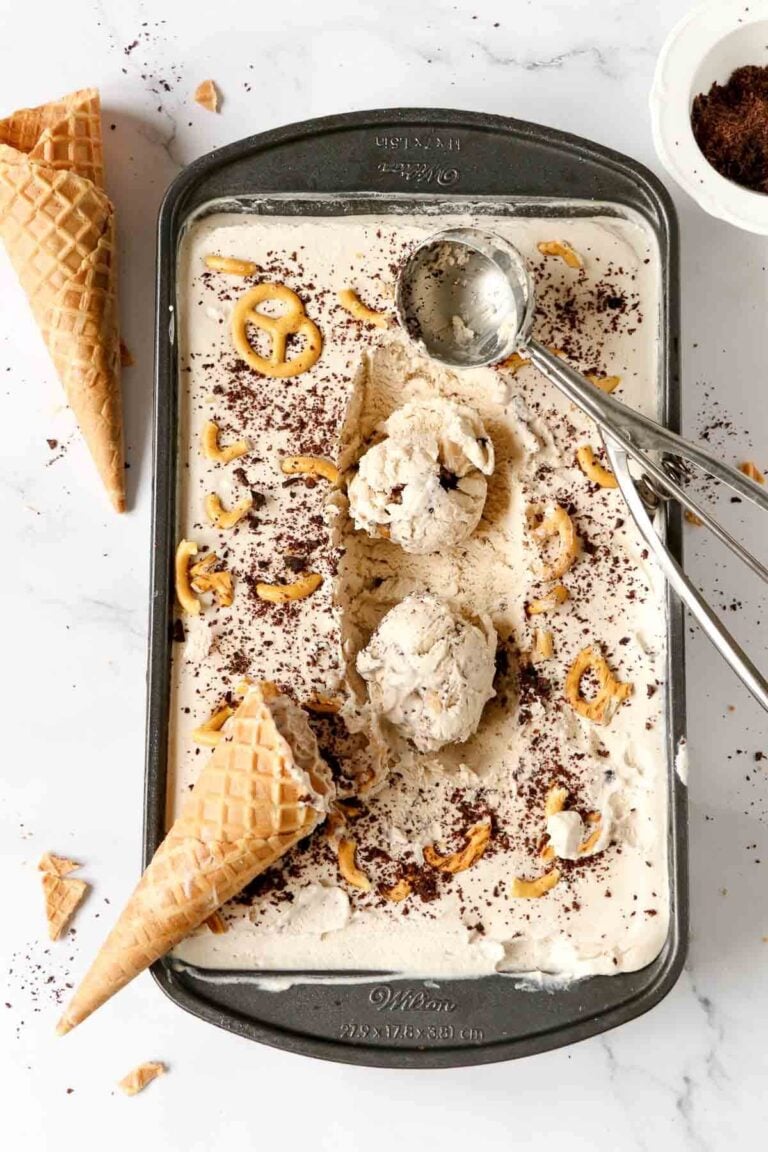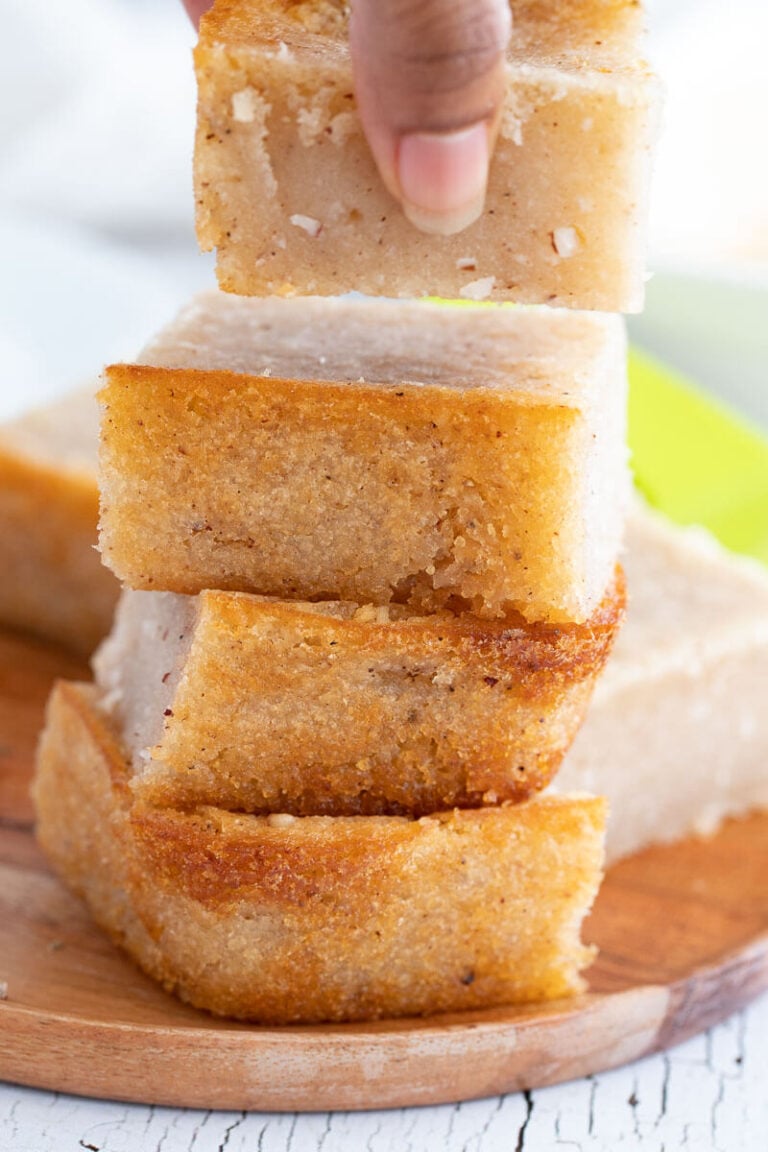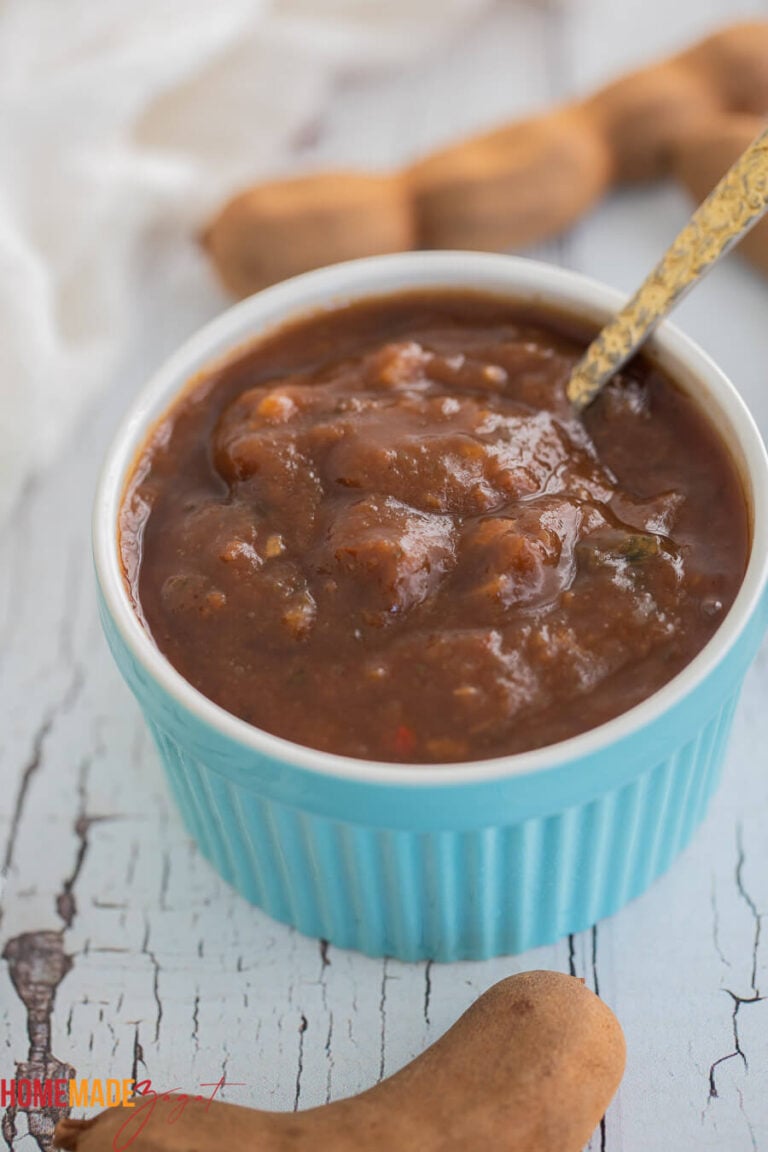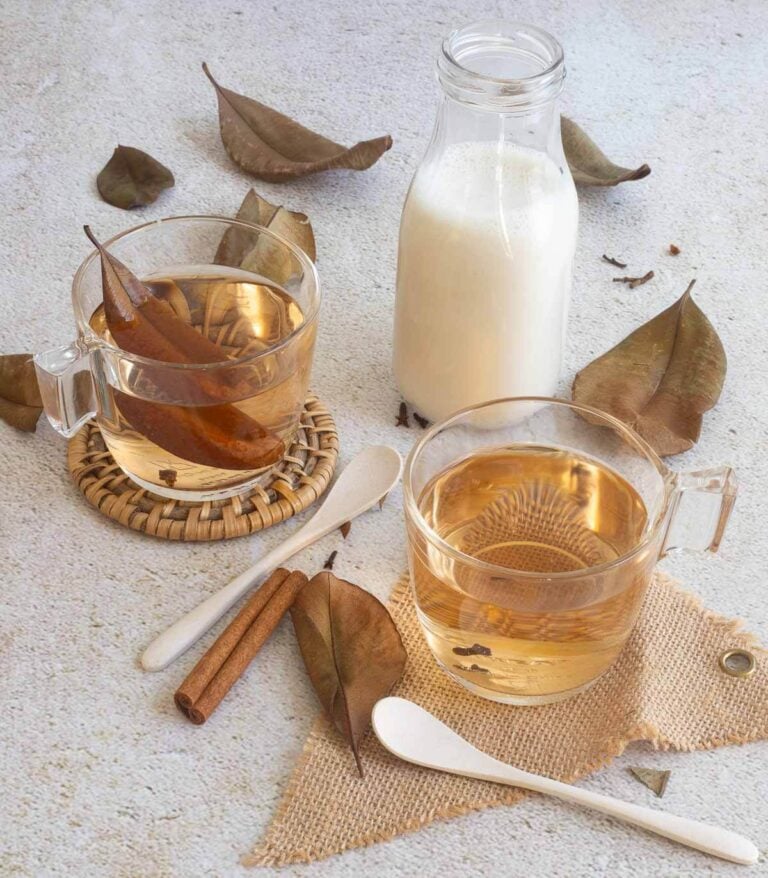Discovering what is farine: Cassava in another form
Discover the versatile and nutritious cassava farine, a staple made from the humble cassava root. Dive into its rich history and unique preparation process and learn how to incorporate it into your meals.

If you’re a fan of Caribbean cuisine, you’ve likely come across the term “farine” in various recipes. But what exactly is farine, and why is it such a beloved ingredient in Caribbean kitchens?
Let’s dive in and uncover its origins, uses, and why this version of a favorite ground provision deserves a spot in your pantry.
What is farine and how is it made
Cassava, also known as yuca or manioc, is a starchy root vegetable native to South America and widely grown in the Caribbean, is the primary ingredient in farine. The transformation from cassava root to farine involves several steps to ensure safety and nutrition.
The process involves peeling, grating, and pressing the cassava to remove its toxic juice. After peeling and grating, pressing out the liquid is essential, as raw cassava contains cyanogenic glycosides, which can produce toxic cyanide if not properly processed.
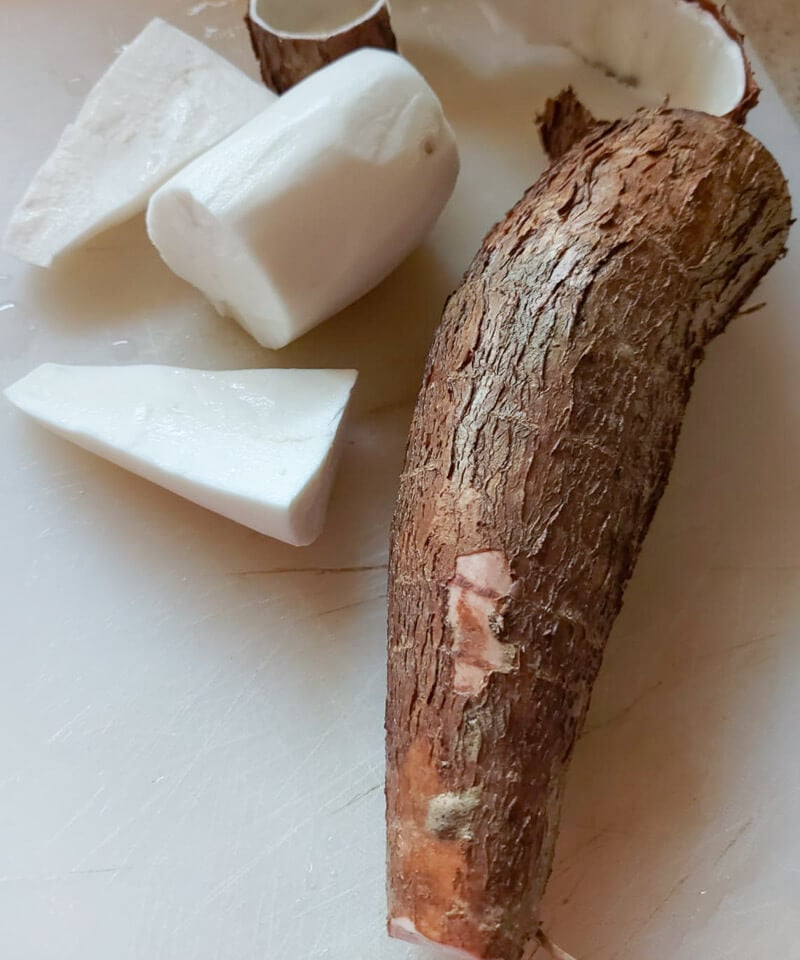
The actual cassava farine is the remaining grated pulp from removing all the moisture that you get after grating the cassava. The leftover is pressed to remove any excess juice as mentioned, and then left to dry for a few hours. It is then traditionally parched in a large copper kettle plate, with some salt and spices until it’s a nice brown color.
The finished product is a coarse-grain cereal. And that cereal can even be ground down further to create a fine, granular flour-like substance.
Farine usage
Farine’s versatility makes it a staple in many Caribbean households. Here are some popular ways it’s used:
- Breakfast cereal: This is the popular way. Farine can be cooked into a porridge-like consistency, similar to oatmeal or cream of wheat. It’s a hearty and nutritious way to start the day.
- Side dish: Often served as a side dish, farine can be steamed or boiled and paired with meats, fish, or vegetables. It absorbs flavors well and complements a variety of dishes. Avocado balls using farine are also popular with St Lucians and Dominicans.
- Baking: In some Caribbean regions, farine is used in baking, adding a unique texture to breads and pastries.
- Filler: Farine can be used as a filler in soups and stews, acting like a thickening agent for the broth and adding a subtle flavor.
Why farine is important in Caribbean cuisine
Farine holds a special place in Caribbean cuisine not just for its versatility, but also for its cultural significance. It’s a food that has been passed down through generations, often associated with traditional cooking methods and communal meals. For many, it’s a comfort food that evokes memories of home and family gatherings.
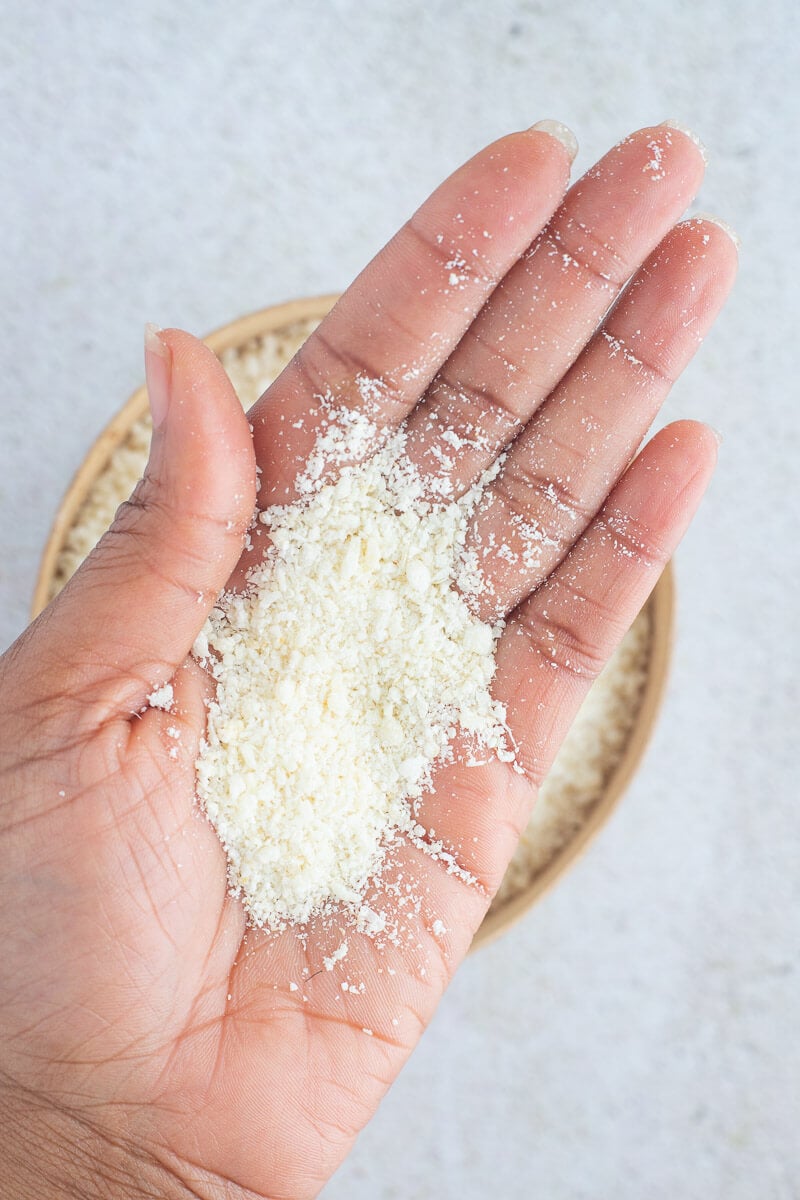
Nutritional benefits of farine
Farine is not just versatile; it’s also nutritious. It’s a good source of carbohydrates, providing energy for daily activities. Additionally, it’s gluten-free, making it an excellent alternative for those with gluten sensitivities or celiac disease. While it lacks protein and fat, it can be paired with other nutrient-dense foods to create a balanced meal.
Bringing farine into your kitchen
If you’re inspired to try farine, I always make my mom bring up a large stash for me from Tobago when she travels, but I’ve seen it online at Shop’D Caribbean farine.
And when you first get it, I suggest starting with a simple farine porridge for breakfast or using it as a side dish to complement your favorite Caribbean recipes. Experiment with adding it to baked goods for a unique twist.
Farine is more than just an ingredient; it’s a connection to Caribbean heritage and a testament to the resourcefulness and creativity of its people. Give it a try, and you’ll understand why this humble staple has stood the test of time.
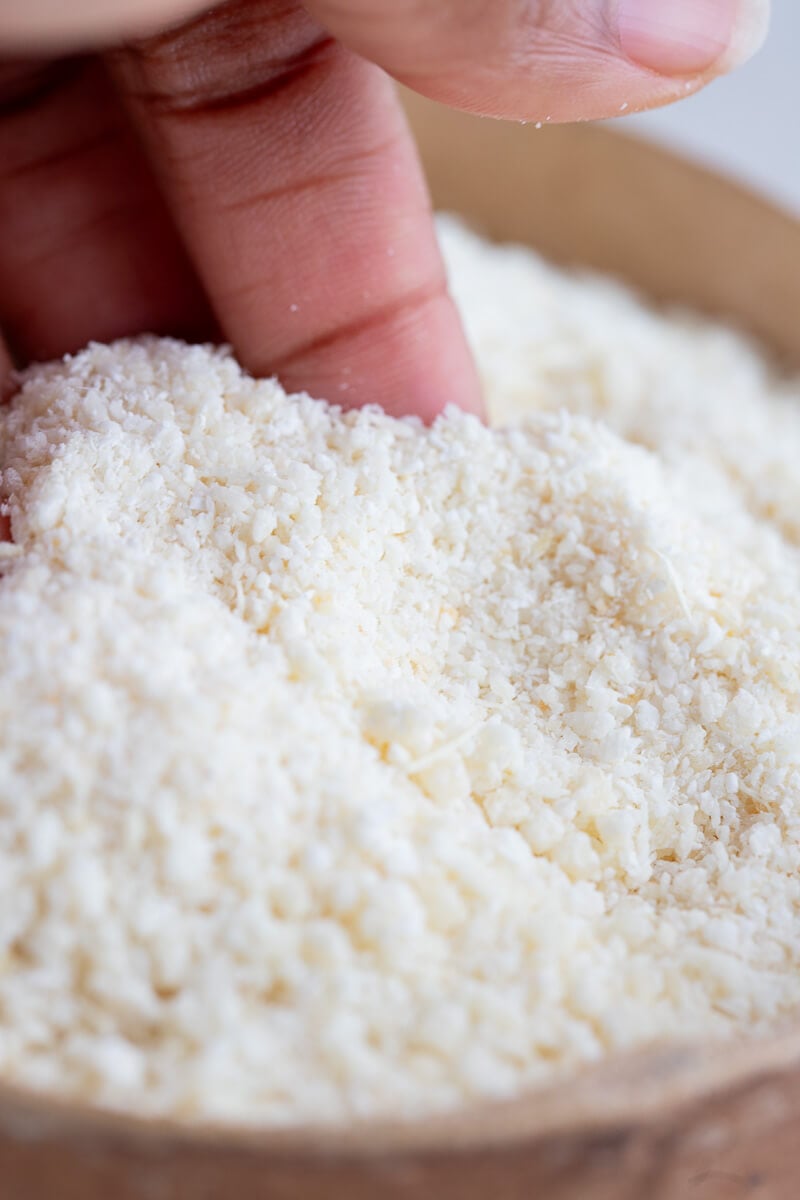
Now you understand what farine is and how it’s used, you take a step closer to mastering authentic Caribbean cuisine. Keep exploring and experimenting, and soon you’ll be bringing the vibrant flavors of the Caribbean to your kitchen with ease.
